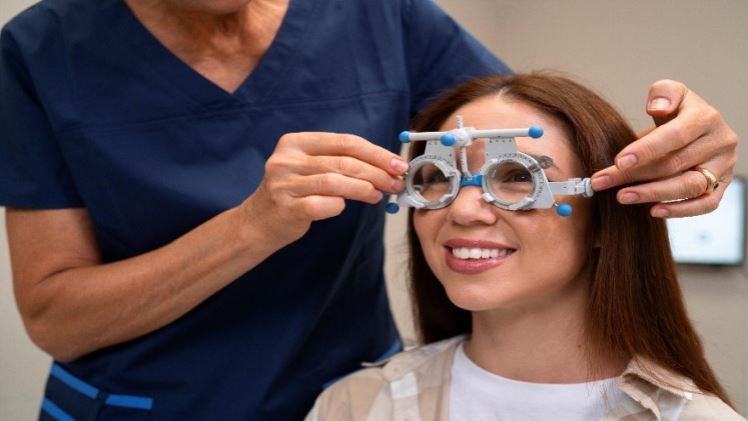5 Things You Need to Know Before Having LASIK Surgery

Are you considering LASIK eye surgery as a way to get rid of your contacts or glasses for good? You’re not alone; among elective surgical treatments, LASIK is among the most popular in the US. It’s simple to understand the appeal, given the possibility of having better eyesight without the need for corrective glasses. To make an educated choice, there are a few things you should be aware of before scheduling your LASIK consultation. Before deciding to get LASIK surgery, you need to visit the eye doctor and consider the following five crucial points: –
Are You a Good Candidate for LASIK?
You know that not everyone is eligible for LASIK. First, see whether you are eligible. A year’s worth of steady eyesight characterizes good prospects. To prevent thinning, their corneas must be sufficiently thick. The physician examines your eyes thoroughly. You may not be eligible if you have autoimmune diseases, diabetes, thin corneas, dry eyes, or other conditions. Don’t be upset if you are unable to receive LASIK. You could benefit from further eyesight corrections.
Know the Risks and Possible Complications
When performed by a trained physician, LASIK is typically safe. But be aware of the dangers. Shadows around lights, brightness, and dry eyes are typical. As the eyes heal, they grow better in a few months. Serious issues are not common. Risks include infection, flap problems, or later needing touch-ups. Discuss any risks with the physician. Recognize the likelihood and gravity of issues. This aids in making wise decisions.
Prepare for the Procedure
Be ready after receiving LASIK approval. The doctor will explain what happens and how long it takes. Before, dilated pupils and ocular discomfort relief drops. The cornea is reshaped by the laser and microkeratome during LASIK. This corrects eyesight. While awake, you experience pressure but not pain. Since you might not see well, have someone drive after you. Inquire with the doctor about any prior instructions as well.
Understand the Recovery Process
Recuperation following LASIK needs one to two weeks. Your eyes may feel dry, irritated by light, or fuzzy during the initial few days. Analgesia can be managed with painkillers. When you sleep, use eye protection as well. To lessen swelling and stop infection, the doctor will prescribe eye drops. Pay close attention to all aftercare recommendations. This has positive effects and aids in recovery. In a matter of days, most notice improved vision. However, complete healing and stability of eyesight require one to three months.
Manage Your Expectations
Even while LASIK aims to solve away with the need for contacts or glasses, not everyone will benefit from it. Some people could occasionally still require readers for small print. Additionally, vision may somewhat alter. If initial findings are not satisfactory, improvements can be required. Your prescription may gradually alter once again over time. The goal is improved eyesight without the need for lenses, so set reasonable expectations. LASIK probably enhances your quality of life, provided you choose a skilled physician and adhere to all pre-and post-operative instructions.
Conclusion
Many people can get rid of their contacts or glasses with LASIK eye surgery. It’s critical to do thorough research about your surgeon. Make sure you fully comprehend the method of the operation and the recuperation. Additionally, set reasonable expectations for the outcome. With the correct knowledge and attitude, clearer vision without eyeglasses may be achieved with LASIK. Before making a choice, you should ask your eye doctor any more questions. LASIK may transform your life if planned and followed through properly.



